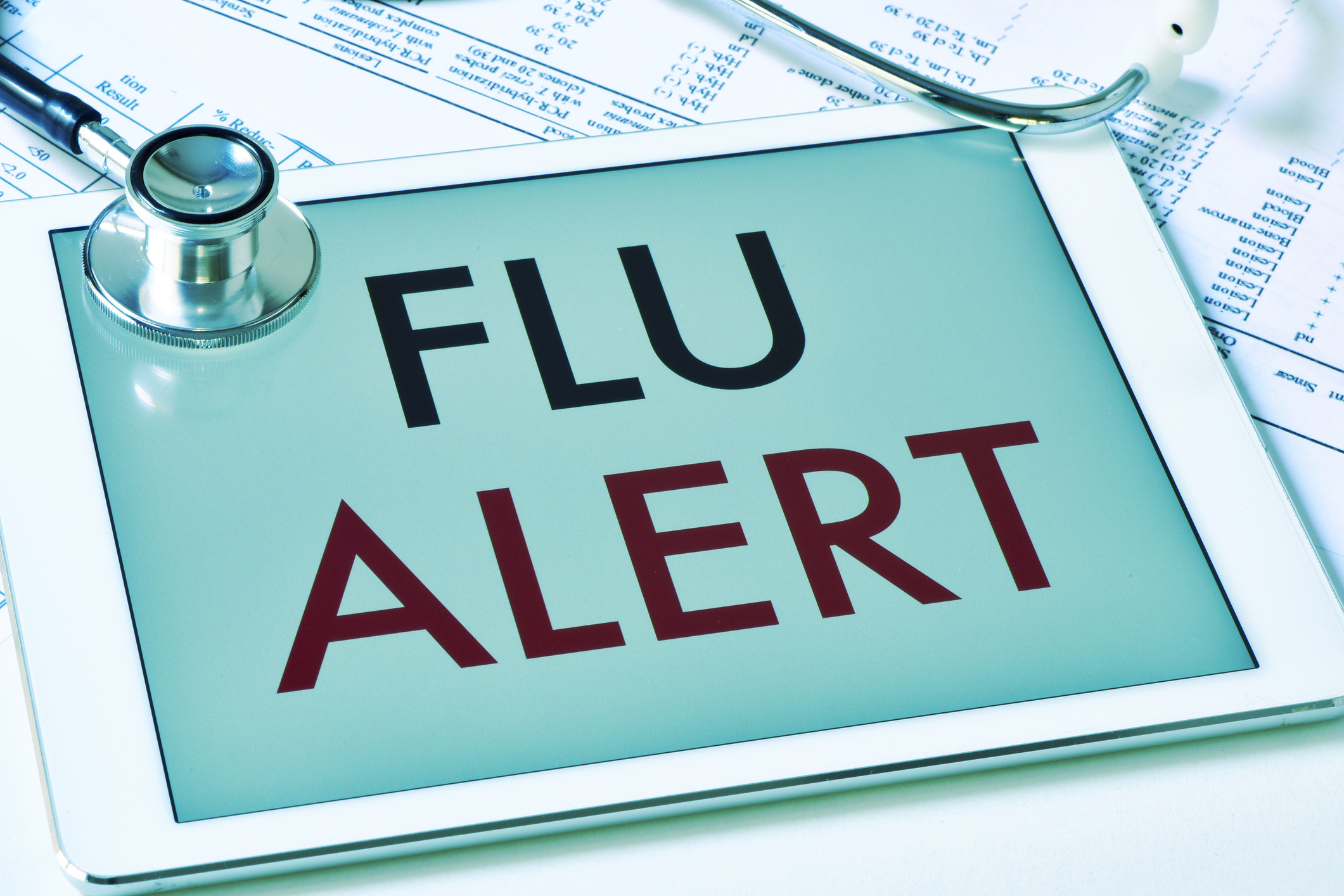Harvard Health Blog
The flu is here — and so is a new advisory from the CDC

Follow me on Twitter @RobShmerling
It seems like we hear the same thing every flu season — it’s going to be bad this year. In fact, different years bring different strains of flu, and the numbers of cases, complications, hospitalizations, and deaths related to the flu vary from year to year.
So, what’s the deal this year?
The CDC has just issued an advisory. Here are the highlights:
Flu season is heating up. The number of cases is rising and the predominant strain — A(H3N2) — is one that in past years has caused more hospital admissions and deaths than other strains, especially among older adults and young children.
The flu vaccine may not be very effective. Estimates are that it’s about 32% effective, while last year it was 39% effective and most years it’s 40% to 60% effective. Still, vaccination is highly recommended. Some protection is better than none, and the flu may be less severe in people who have been vaccinated.
Antiviral medications can shorten the course of the flu and reduce its severity. These medications include:
- oral oseltamivir (generic or as Tamiflu)
- inhaled zanamivir (Relenza)
- intravenous peramivir (Rapivab).
The antiviral medications work best when started within two days of the onset of symptoms; even after two days, these medications can be beneficial.
When flu is strongly suspected, treatment with antiviral medications should not be delayed while waiting for the results of flu tests. This is especially true for those most likely to suffer complications of the flu such as the elderly, chronically ill, and young children.
Antiviral medications — like antibiotics but different
If you have never heard of antiviral drugs, you aren’t alone. Antivirals are treatments for viral infections just as antibiotics (such as penicillin or erythromycin) are for bacterial infections. You may not be familiar with them because there aren’t nearly as many antiviral drugs as antibiotics, and most viral infections go away on their own. But for certain serious viral infections — HIV and hepatitis C are good examples — highly effective antiviral drugs have revolutionized care, prevented suffering, and saved countless lives. For influenza infections, antiviral medications can be a big help as well.
What’s the plan?
When it comes to the flu, there’s a lot you can do to reduce your risk (and the risk to those around you). Here are some measures to take now:
- Get vaccinated. The list of reasons to avoid vaccination is short (such as having a severe reaction to the vaccine in the past); and no, the standard injected flu vaccine cannot cause you to get the flu.
- Let your doctor know right away if you have symptoms suggestive of the flu during flu season. The sooner you’re tested and treated, the better. The most common symptoms are:
- fever and chills
- sore throat
- cough and runny nose or congestion
- fatigue and achiness all over
- headache
- Stay home. If you have flulike symptoms, avoid contact with others. If that means missing work, your boss should be grateful you aren’t exposing your coworkers.
- Wash your hands often and cover your mouth and nose when coughing or sneezing. If you are taking care of someone who has the flu, remind them to take these precautions.
In conclusion…
Maybe this year’s flu season will be milder than expected. But I wouldn’t count on it. I’ve had the flu and it’s not pleasant. Do what you can to lessen your risk. It’s worth the effort.
About the Author

Robert H. Shmerling, MD, Senior Faculty Editor, Harvard Health Publishing; Editorial Advisory Board Member, Harvard Health Publishing
Disclaimer:
As a service to our readers, Harvard Health Publishing provides access to our library of archived content. Please note the date of last review or update on all articles.
No content on this site, regardless of date, should ever be used as a substitute for direct medical advice from your doctor or other qualified clinician.















